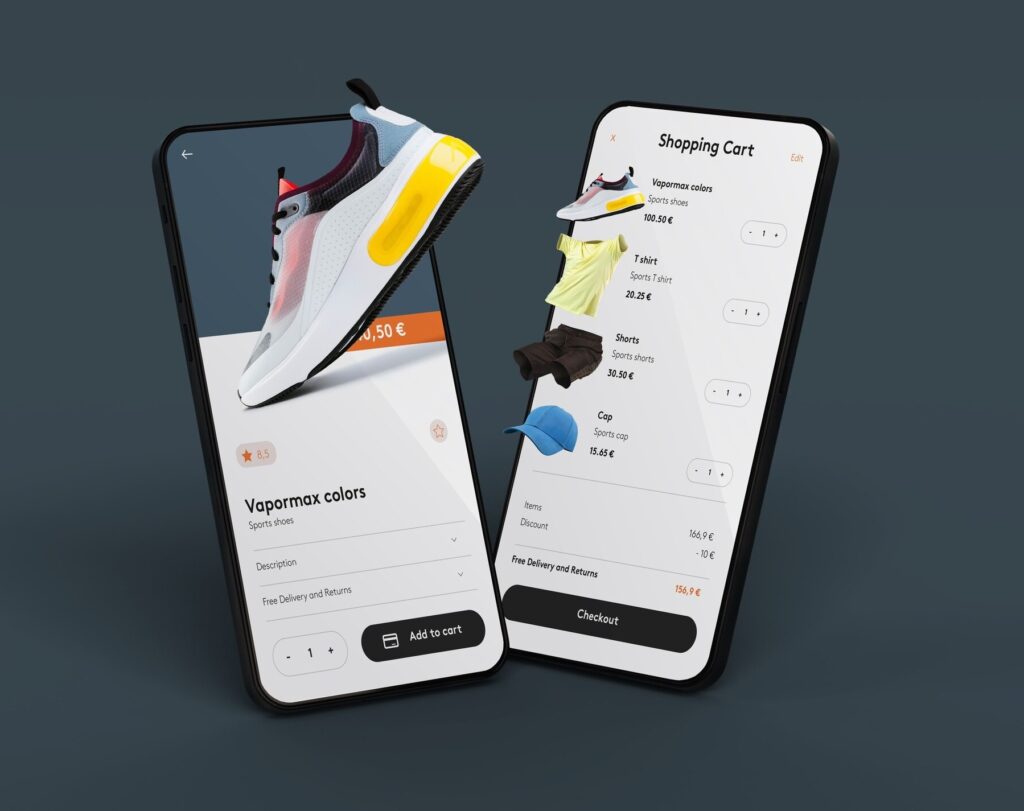In the fast-evolving digital landscape of 2025, launching an online store has never been more accessible—or more competitive. WordPress, combined with WooCommerce, continues to dominate the e-commerce scene due to its flexibility, scalability, and vibrant ecosystem. Whether you’re a beginner or a seasoned entrepreneur, mastering this platform is crucial for long-term e-commerce success.
This comprehensive guide takes a deep dive into building a successful e-commerce store with WordPress in 2025. We’ll explore everything from setting up WooCommerce to implementing current payment trends, incorporating dropshipping, optimizing for performance, and ensuring security and scalability.
1. Why Choose WordPress + WooCommerce in 2025?
🌐 Open-Source Flexibility
WordPress powers over 40% of the web, and WooCommerce is its go-to plugin for e-commerce. This open-source combo offers:
- Full ownership and control
- No platform lock-ins
- Thousands of themes and plugins
🚀 Scalable for All Business Sizes
From small online boutiques to enterprise-level operations, WooCommerce adapts to your store’s size and needs.
🔌 Plugin Ecosystem
Need loyalty programs, custom shipping, or CRM integration? There’s a plugin for nearly everything, many updated with AI and automation capabilities in 2025.
2. Getting Started: Setting Up WooCommerce the Right Way
🛠️ Installation & Initial Setup
- Go to Plugins > Add New
- Search and install WooCommerce
- Use the setup wizard to configure:
- Store location and currency
- Payment gateways
- Shipping zones
- Tax options
- Store location and currency
🎨 Choosing a Theme
Opt for a WooCommerce-optimized theme. In 2025, top-performing themes include:
- Astra Pro
- Kadence
- Blocksy
- Flatsome
Ensure your theme is:
- Lightweight and fast
- Fully responsive (mobile-first)
3. Product Management: The Heart of Your Store
🛍️ Adding Products
WooCommerce supports multiple product types:
- Simple – Standard, no variations
- Variable – Size, color, etc.
- Grouped – Bundles or collections
- Digital/Downloadable – eBooks, software, etc.
Make sure each product includes:
- High-resolution images
- Compelling product descriptions
- SEO-friendly titles and URLs
- Clear pricing and stock status
📦 Inventory Management
Use built-in inventory controls or integrate tools like:
- ATUM Inventory Management
- TradeGecko
- Zoho Inventory
4. Payment Trends in 2025: Offer What Shoppers Expect
To maximize conversions, offer modern, secure, and flexible payment options.
💳 Popular Payment Gateways
- Stripe – Still a top pick, now supporting AI fraud detection and BNPL (Buy Now Pay Later)
- PayPal – Widely used and trusted
- WooPayments – WooCommerce’s native solution with growing features
📈 Trending in 2025
- Cryptocurrency Support – Consider adding wallets like Coinbase Commerce
- BNPL Services – Integration with Klarna, Afterpay
- Regional Payment Methods – e.g., M-Pesa in Africa, Paytm in India
Make sure your store offers a secure checkout experience, preferably on-site, with SSL encryption and PCI compliance.
5. Dropshipping with WooCommerce: The 2025 Playbook
Dropshipping remains a low-risk model and is booming, thanks to automation tools and global supplier access.
📦 Top Dropshipping Plugins
- AliDropship Woo – Connects directly to AliExpress
- Spocket – US/EU-based suppliers with fast shipping
- Printful / Printify – Great for print-on-demand products
🔁 Automate the Workflow
- Auto-import product listings
- Sync pricing and inventory
- Automate order routing and tracking
💡 Tips for Dropshipping Success
- Create unique product descriptions (avoid duplicate content)
- Invest in branding—logo, packaging, and storytelling
6. Optimizing for Performance & User Experience
⚡ Speed Matters
In 2025, Core Web Vitals still influence SEO and user satisfaction.
Actions to take:
- Use a lightweight theme
- Optimize images with WebP
- Implement a CDN (Cloudflare, BunnyCDN)
📱 Mobile Optimization
Over 70% of e-commerce traffic is mobile. Ensure:
- Fast loading on 3G/4G/5G
- Mobile-friendly menus and buttons
- Easy checkout process
🎯 User Experience (UX)
- Clear CTAs (e.g., “Buy Now”, “Add to Cart”)
- Product filters and search
- Trust signals (reviews, testimonials, secure badges)
7. SEO and Content Marketing for Your Store
🔍 SEO Best Practices
- Use plugins like Rank Math or Yoast SEO
- Optimize meta titles, descriptions, alt tags
- Build a logical site structure (categories, breadcrumbs)
📝 Content Marketing Strategy
- Start a blog using WordPress’ native editor
- Focus on buying intent keywords
- Create videos, how-to guides, and customer stories
8. Marketing Automation & Email Campaigns
📧 Email Marketing Tools
- Mailchimp for WooCommerce
- Klaviyo
- Omnisend
Set up automated campaigns for:
- Cart abandonment
- Order follow-ups
- Product recommendations
- Review requests
🧠 AI & Personalization
In 2025, AI-driven marketing is essential:
- Predictive product suggestions
- Dynamic pricing tools
- Behavior-based emails
9. Analytics & Tracking
📊 Key Metrics to Track
- Conversion rate
- Cart abandonment rate
- Average order value (AOV)
- Customer lifetime value (CLV)
🔧 Tools for Insight
- Google Analytics 4 (GA4)
- WooCommerce Analytics Dashboard
- Hotjar for heatmaps and session recordings
Use data to refine your offerings, improve UI/UX, and increase profitability.
10. Security & Compliance
🔐 Must-Have Security Measures
- SSL certificate (HTTPS)
- Strong admin passwords
- Limit login attempts
- Two-factor authentication (2FA)
- Regular backups (BlogVault, Jetpack Backup)
🧱 Web Application Firewall (WAF)
Use security plugins like:
- Wordfence
- Sucuri
- MalCare
📜 Legal Compliance
- GDPR, CCPA, and any local e-commerce laws
- Cookie consent plugins (e.g., Complianz)
- Transparent privacy policy, return policy, and T&Cs
11. Post-Launch Checklist
After your store is live, continue refining and scaling:
- ✅ Test your checkout regularly
- ✅ Monitor page speed
- ✅ Refresh content and product pages
- ✅ Keep plugins and WordPress core updated
- ✅ Collect and analyze customer feedback
🔮 The Future of WordPress E-commerce
By 2025, the WordPress ecosystem continues to evolve with:
- AI-Powered Store Builders – Smart layouts, AI content generation
- Headless Commerce – Combining WooCommerce with React, Vue, etc.
- Voice Shopping – Integrating with voice assistants
- AR Product Previews – Let customers “try before they buy”
Staying ahead means continuously learning, testing, and embracing new tools and strategies.
🎯 Final Thoughts
Building a successful e-commerce store in 2025 using WordPress is more than just installing plugins and listing products. It’s about creating a fast, user-friendly, and secure shopping experience that delights users and drives conversions.
With WooCommerce at its core, a well-optimized payment and dropshipping setup, and powerful marketing automation, your WordPress store can grow into a full-fledged online brand.
So whether you’re just starting or looking to level up, now is the perfect time to build smarter, sell faster, and scale better—with WordPress.

